By Rick VanSickle
To put it bluntly: It doesn’t suck to be Niagara winemaker Kelly Mason. No, not one bit.
She is having her moment, but unlike most moments, this one looks sustainable far into the future.
I’m on my third tasting of the year with Mason, the final in a trilogy of wineries the Montreal born and bred winemaker presides over. It’s an impressive body of work and one wonders how she manages her time. Throw in her own vineyard — aptly named the Mason Vineyard — and the hands-on approach she takes to tending those vines, and it becomes perfectly obvious that Mason devotes her entire life to the grape.

Here’s how she described a typical day in a Q&A with Toronto Life writer Dick Snyder in August of 2018:
Toronto Life: What’s a typical day like?
Mason: I run around between three vineyards on 70-plus acres, moving around all the time. And I do all the manual work on my own vineyard. So that takes up my Saturdays and Sundays, and sometimes before work, I’ll start in the morning really early, say quarter to six and then go until 8:15, head to my job and then back on my vineyard in the evening from 5 to 9 pm. I like not being in an office. We have the ability to always be active. Whether you’re in the cellar or the vineyard, you’re constantly moving around. You don’t have to be chained to a desk, which would drive me crazy. And you get to do something from the beginning to the end. From the growing to the winemaking, at all three places, which is awesome.
Also related:
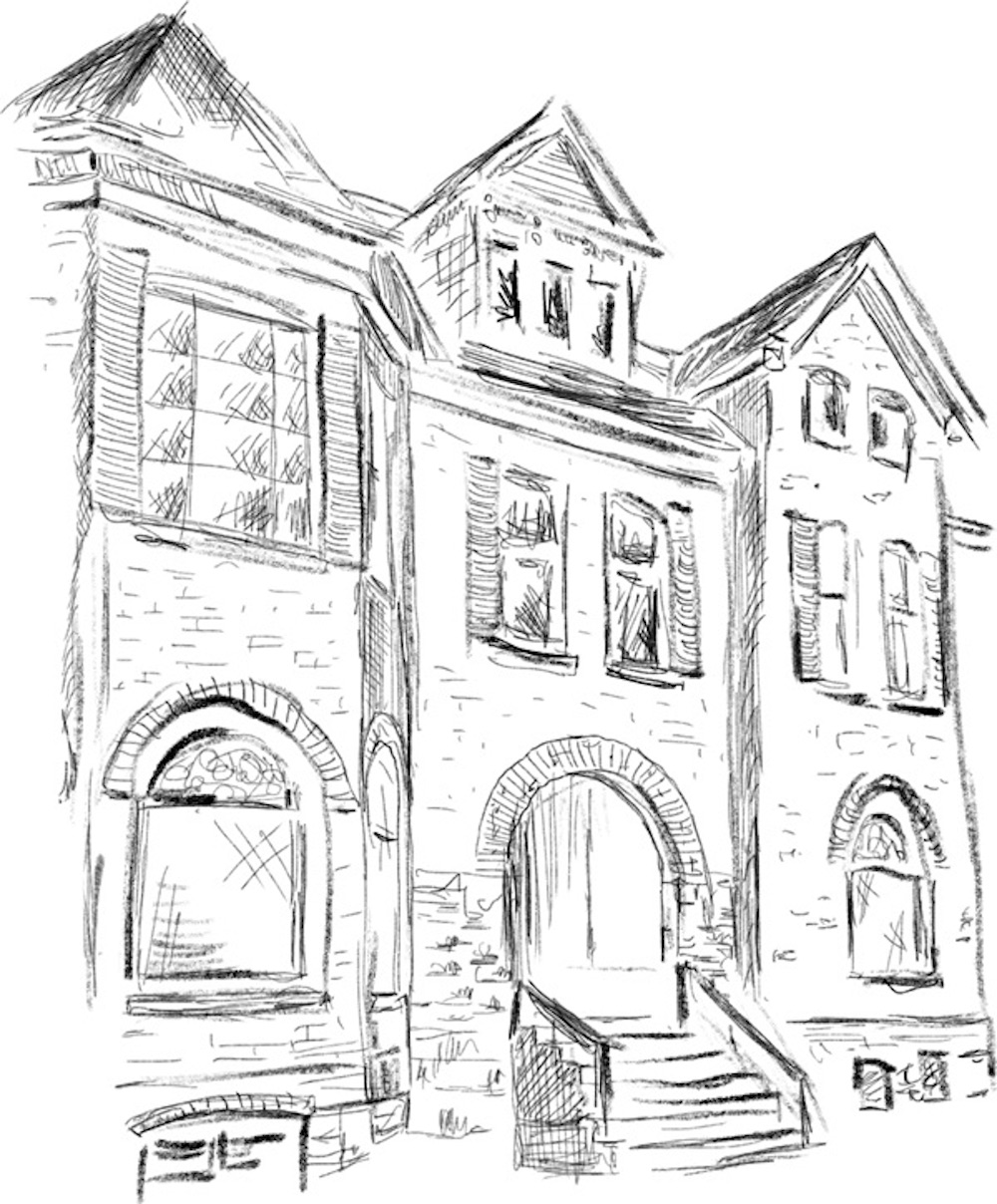
Mason’s emergence on the wine scene in Niagara has been lightning fast, by anyone’s standards. A vacation in Napa Valley in 2007 led to an internship at Saintsbury Winery under a Burgundian winemaker. She then studied winemaking at Brock University before working first at Tawse Winery (with Paul Pender) and then at Le Clos Jordanne (with Thomas Bachelder), always focused on Chardonnays and Pinot Noirs. She joined the Domaine Queylus team in the spring of 2013, again with Bachelder, which also has a Chard/Pinot focus with some Bordeaux varieties as well.
In 2017, Mason was hired as the winemaker for The Farm, a tiny boutique winery with small-lot Pinot Noirs and one Chardonnay. The Mason Vineyard Pinot Noir from The Farm was named Red Wine of the Year in 2018 at the Ontario Wine Awards.
Prior to both The Farm and Queylus, Mason was the first winemaker at Honsberger Estate in Jordan, hired by the family in 2012 to make wines from the estate’s 11 and a half acres of vineyards that surround their pretty farm, outdoor bistro and now indoor restaurant in the cooler months.
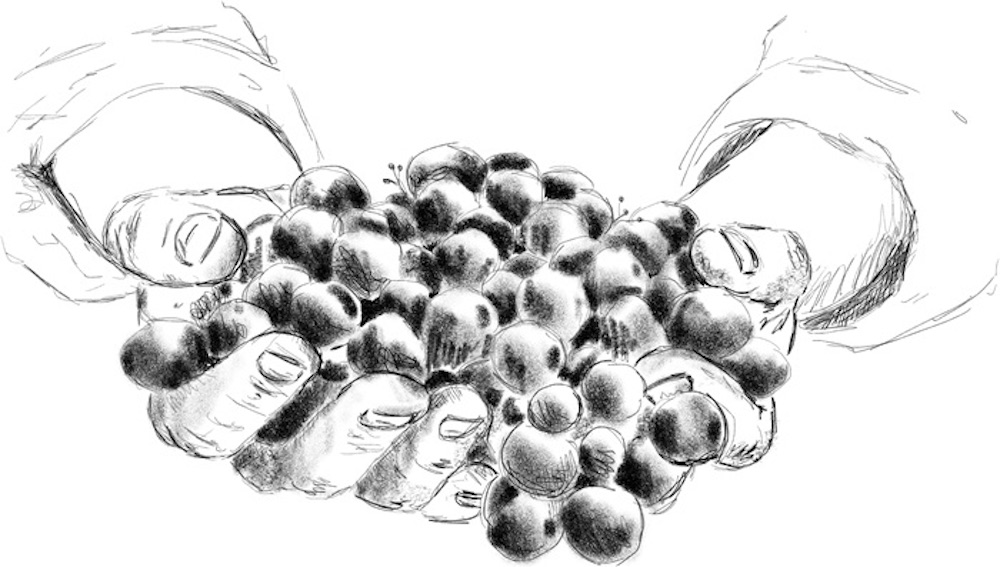
The farm property dates back to the 1800s, but in 2007 a decision was made by the Honsbergers to make a dramatic change in what they farm. So they uprooted their sour cherries as well as some other fruit trees that allowed for much needed space to plant young vines. With input from friends in the industry, Cabernet Franc and Riesling were chosen as the best options for the flagship varietals at the estate. For a while, some of that fruit was sold to other wineries but eventually the family realized that starting their own label was the next step in the farm’s growth.
And that’s when Mason was hired.
Honsberger Estate Winery is in its fifth vintage and the site has proven a perfect muse for Cabernet Franc and Riesling.
Mason makes the wines with little intervention, always focused on terroir, minerality and finesse.
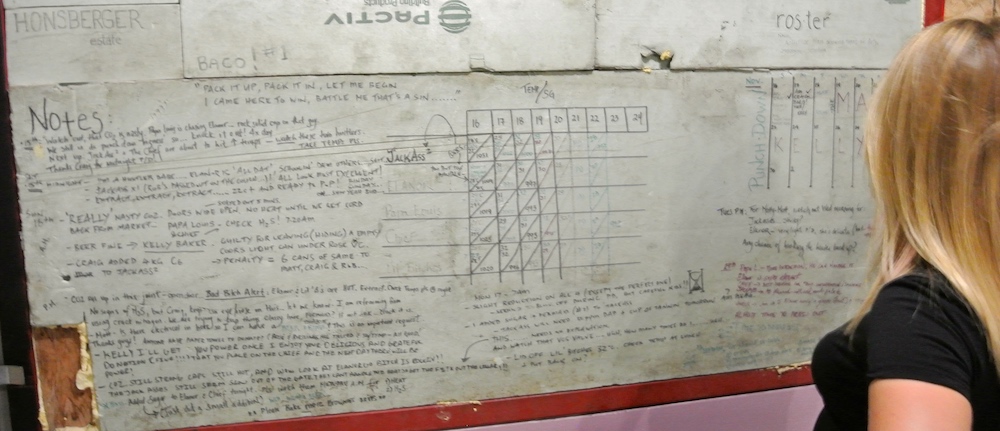
In the early days of the winery, Mason leaned on friends Craig McDonald (head winemaker for Peller properties) and Matt Smith (assistant winemaker at Cloudsley Cellars). As you can see by written messages the wall in the photo above, each winemaker had their own ideas on how to best express the fruit grown on the farm and left their thoughts on the wall for all to see.
“Beer fine — Kelly (Mason): Guilty for leaving (hiding) a empty Coors Light can under Rose VC. Penalty = 6 cans of same to Matt, Craig & Rob (Condotta, part of the Honsberger family and farm manager),” one missive says.
“Matt — Is there electrical in here so I can get a beer fridge? This is an important request,” read another note, finally proving what all winemakers already know: “It takes a lot of beer to make good wine.”
The early days of Honsberger were obviously a lot of fun (still are), but Mason knew that too many cooks can spoil a meal and the winery had plans to grow the portfolio from the Cabernet Franc and Riesling it started with to include more choices to support the various menus at the two restaurants. Honsberger only sells their wines through the tasting room at the estate or at their restaurants and through the wine club, and the two wines weren’t enough. Mason has added a sparkling wine (traditionally made Riesling), a rosé (Cabernet Franc based, of course), a reserve tier Cabernet Franc, and a side label called “Handshake” with grapes being sourced by trusted growers she seeks out (one of those being her own Mason Vineyard for a one-off Pinot Noir, and another from the Schuele Vineyard for a Chardonnay).
On this day, and as mentioned above, my third tasting with Mason in six months, we are tasting through the portfolio as organized by Meg McGrath, newly hired marketing and wine club manager at Honsberger and formerly the long-time manager at Hidden Bench.
It should be said, I was dreading taking another obligatory photo of the winemaker surrounded by half-drunk glasses of wine in the foreground — after all, I have a growing collection of Mason photos with exactly that — so I will be forever indebted to Mason when she took charge of the photo shoot and guided us to the vineyard, bottle of bubbly in hand.
This turned out to be the most fun I’ve had on a wine photo shoot as Mason frolicked in the vineyard and turned the mundane into a series of personable photos that showed the playful side of this very serious winemaker. Oh, and one more shot of the winemaker surrounded by stemware! Because, why not?
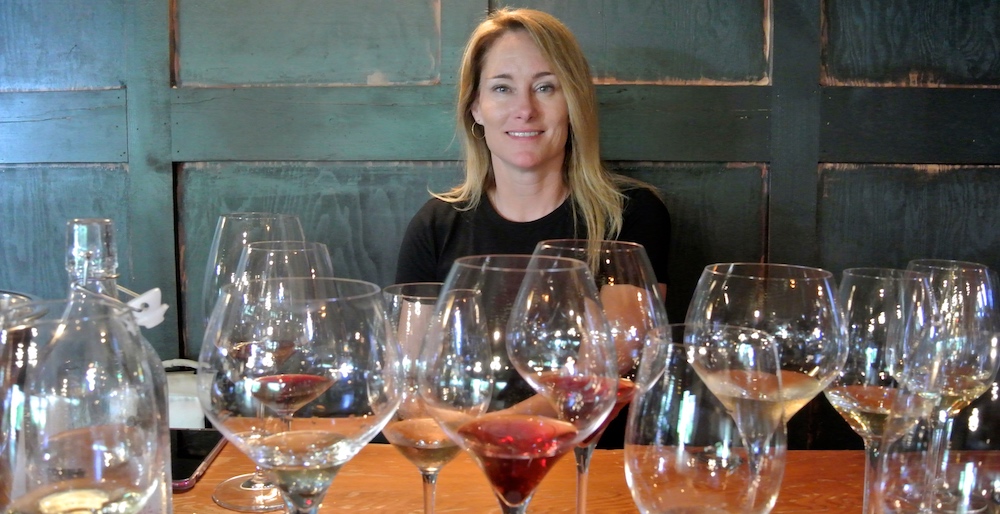
Here’s what I liked from our tasting at Honsberger.
Honsberger Brut NV ($32, this version is sold out but another 900 bottles are being disgorged for sale early this month, 90 points) — The first sparkling made at the estate is 100% Riesling made in the traditional method and finished with just 3 g/l of residual sugar. A fresh and fragrant nose of limey citrus, green apple, minerals and subtle biscuit/toasty notes. It has pop on the palate with gorgeous mineral-laden lime, crisp apple and toasty notes with such uplifting freshness and finesse on the finish.
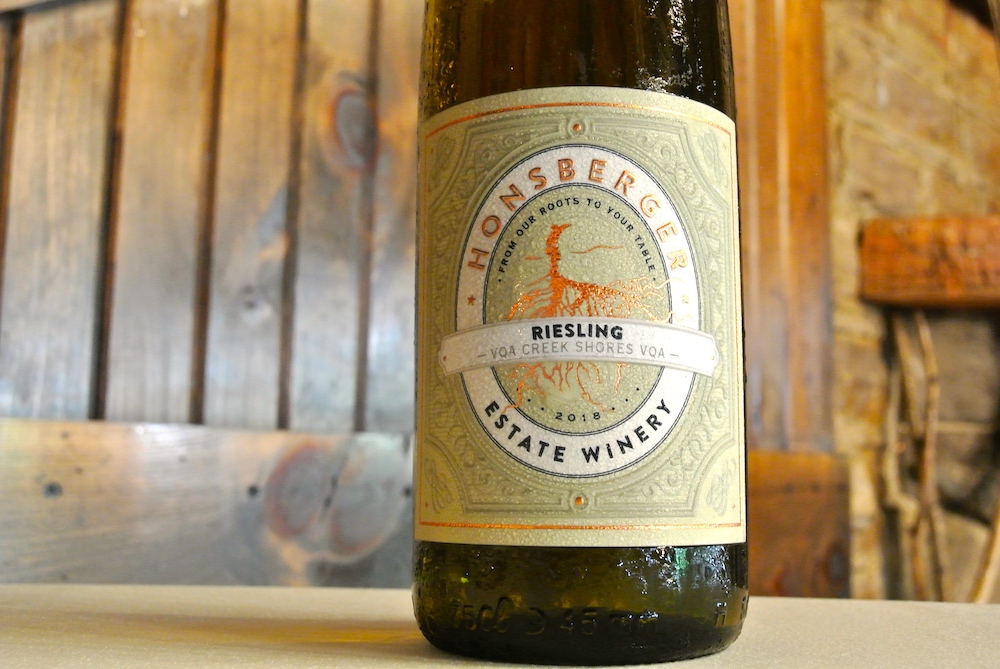
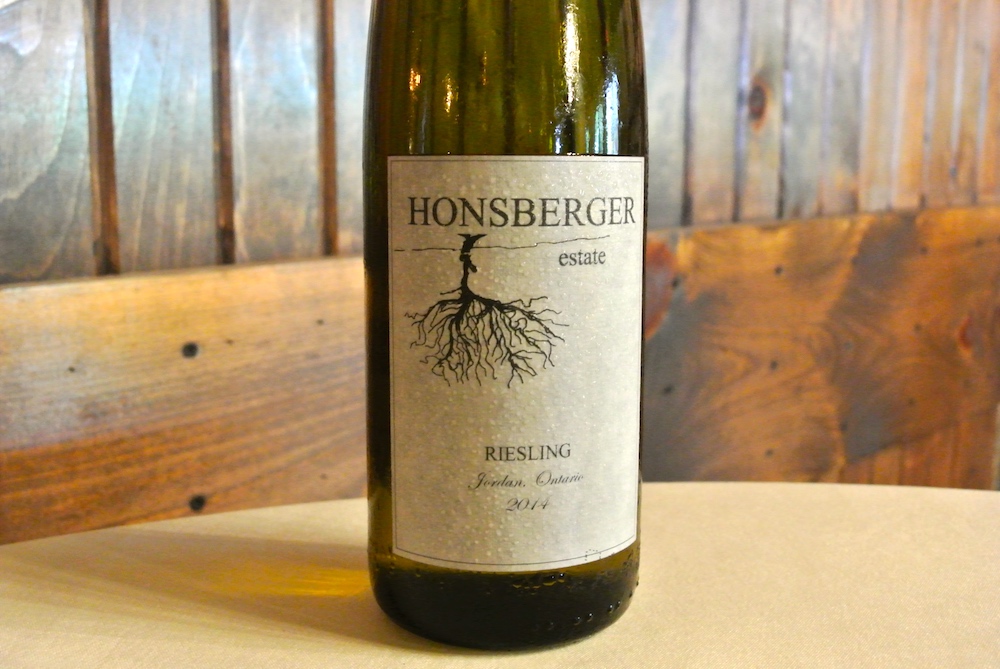
Honsberger Riesling 2018 ($24, 92 points) — Such a beautifully floral and perfumed nose of grapefruit, stone fruits, lime, ginger and lilacs. Perfectly dry (under 1 g/l) and fresh on the palate with frisky lemon and lime, grapefruit, green apple and a crisp, minerally finish. Mason also poured the 2014 version of this Riesling for comparison and is considering releasing a few cases that were held back. It highlights all of the above but age has given it an intriguing petrol note, amplified the stony minerality and has rounded out the sharp edges for the dry style the winemaker loves. “I like dry Riesling, I don’t want to make 12-gram Riesling. It was very hard at first,” she says.
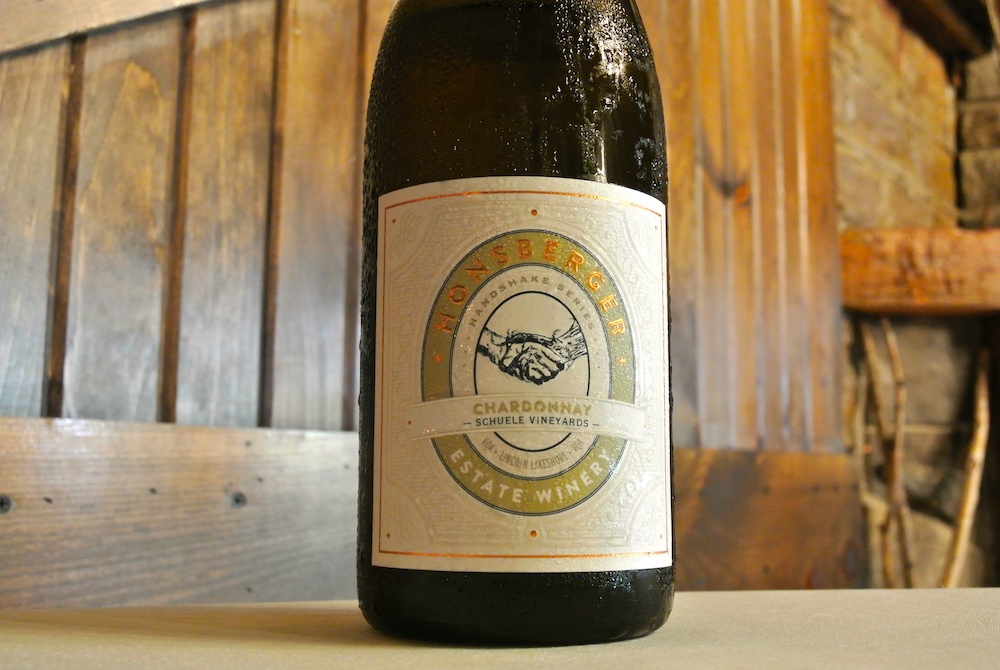
Honsberger Handshake Schuele Vineyard Chardonnay 2017 ($35, sold out, 92 points) — This is one of two non-estate wines made at the winery (and how could Mason NOT make a Chardonnay and the Pinot below?). Only 100 cases were made. It’s a style of winemaking that is consistent with the way Mason likes her Chardonnays — wild ferment, a deft touch with the oak and coaxing minerality and finesse from the wine. The nose is gorgeous with Bosc pear, crisp apple, toasted vanilla, minerals and salinity. There is some creaminess on the palate but altogether fresh with lively stone fruits, flinty minerality, pear, vanilla bean and rousing finesse and freshness on the finish.
Honsberger Handshake Mason Vineyard Pinot Noir 2016 (sold out, 93 points) — This is the second Handshake in the non-estate series and likely the last Mason Vineyard Pinot from Honsberger (but never say never!). Mason’s own vineyard Pinot is contracted to The Farm and may not make another appearance at Honsberger. This is a highly perfumed wine with baskets of ripe cherries, brambly raspberries, cranberries and lightly toasted spice notes on the nose. It’s such a beautiful wine on the palate with all of the above and delivered on a silky smooth frame with finesses and polish for miles. More, please.
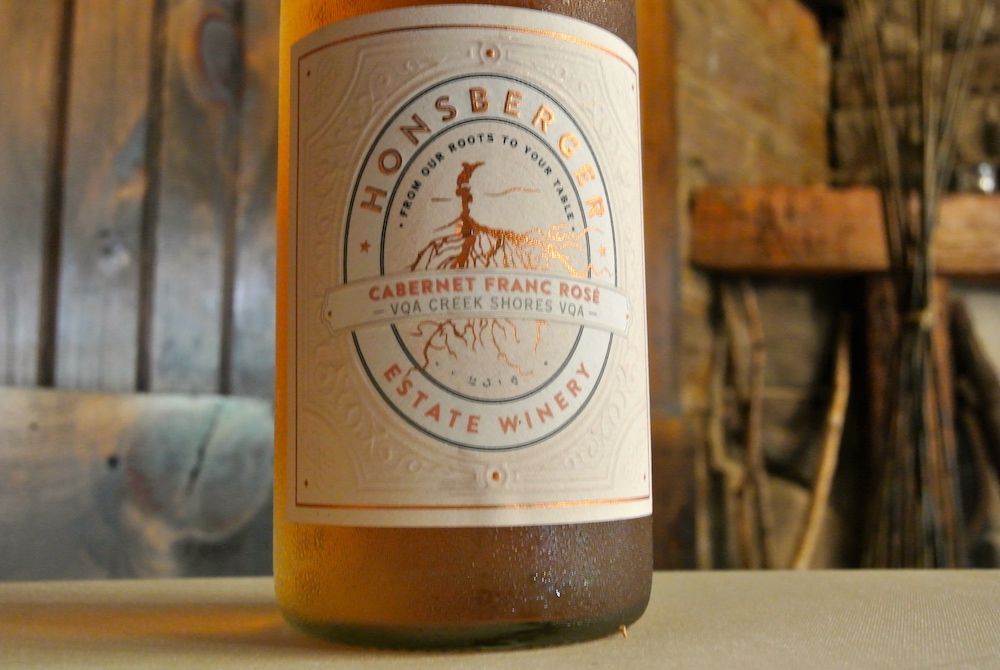
Honsberger Cabernet Franc Rosé 2018 ($24, 90 points) — Mason is pretty proud of her rosé and a little guarded with what goes into making it. What we do know is this: the estate Cabernet Franc is hand picked and a small portion is aged in neutral puncheons. It’s finished with zero g/l of RS. “I’m obsessed with rosé,” Mason says. “It’s one of my favourite wines to make.” It has a lovely nose of strawberry patch and other pretty red berries with just a smidge of bramble and herbs. It’s bone dry on the palate with ripe red fruits, melon and herbs that’s all fresh and lively from mouth-watering acidity. Such a wonderful food wine.
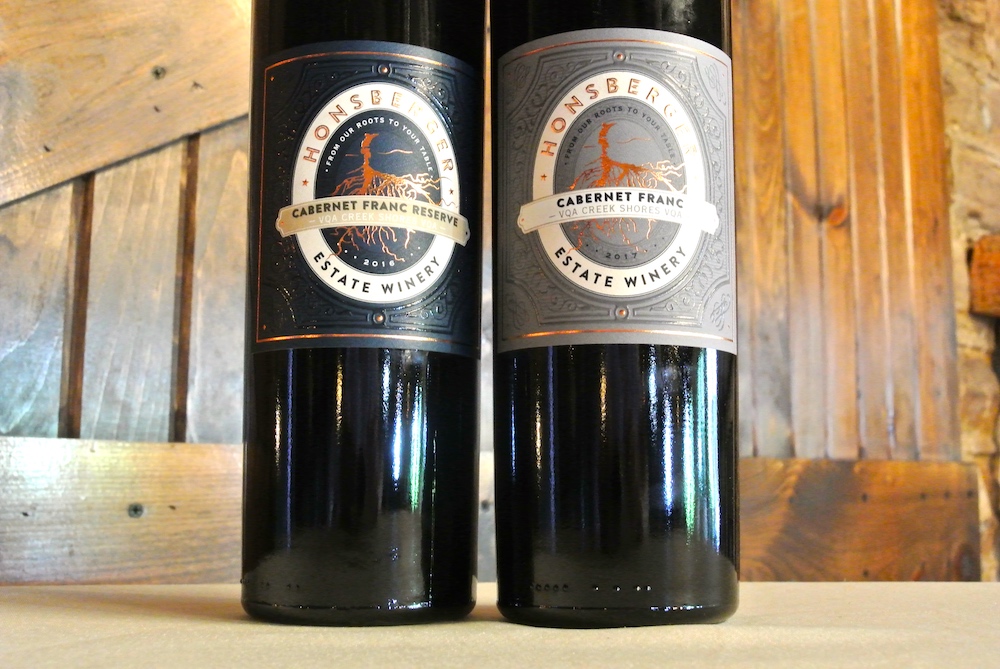
Honsberger Cabernet Franc 2017 ($32, 90 points) — The estate Cab Francs are 70% wild fermented (the rest inoculated) with only second fill oak barrels used for aging. It has lovely aromas of wild raspberries, mulberries, forest berries, herbs and earthy/bramble notes with just a subtle note of spice, smoke and tobacco. The cherries, wild raspberries and cran-cherry fruits on the palate are bold and ripe with well-integrated spice, herbs and a bright finish.
Honsberger Cabernet Franc Reserve 2016 ($52, 92 points) — The reserve is made only in good years from select barrels of estate fruit. Such a beautiful nose of pure joy with brambly raspberries, a mélange of herbs, spice, black cherries and damson plums. It shows great concentration of red fruits and herbs on the palate yet maintains finesse and freshness with integrated oak spices and brambly notes. Can cellar 5-8 years.


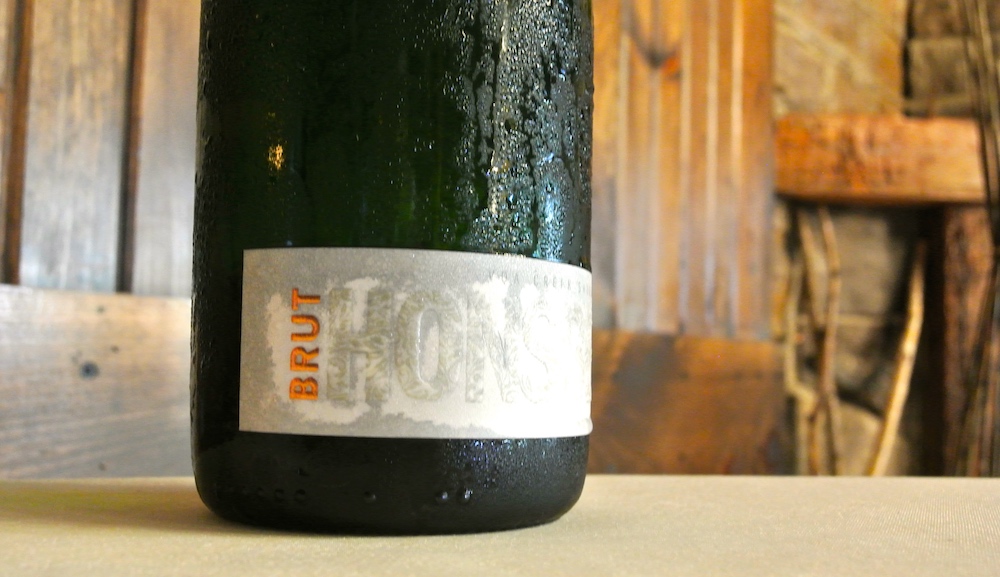




Comment here